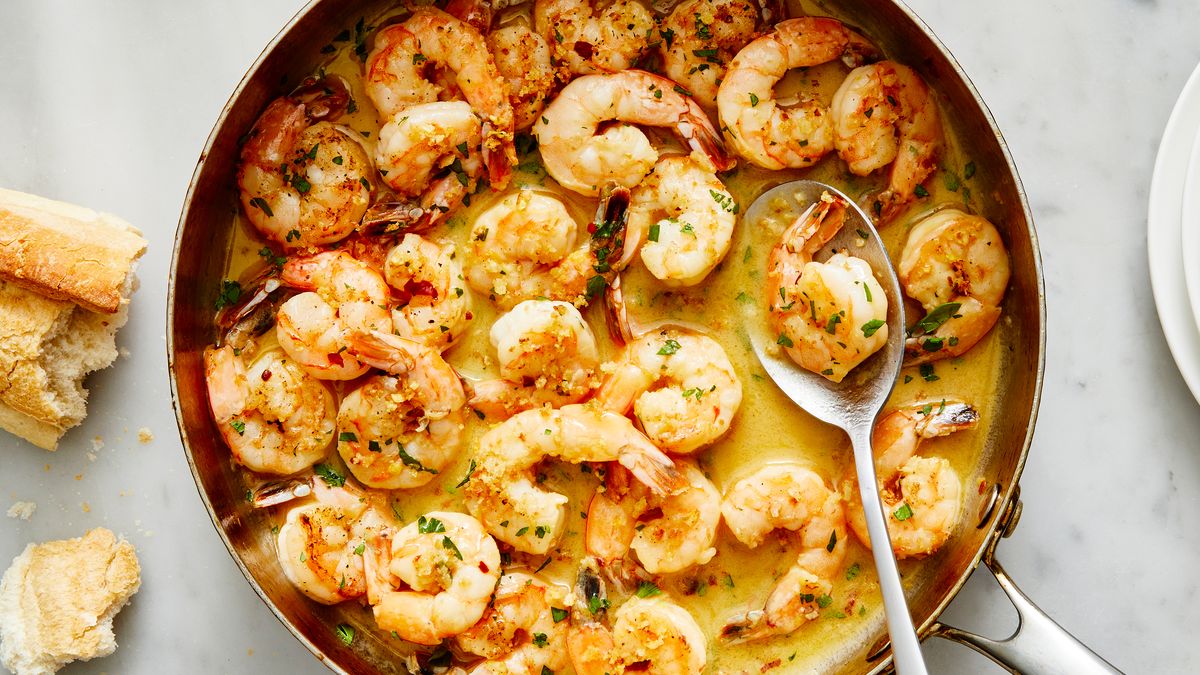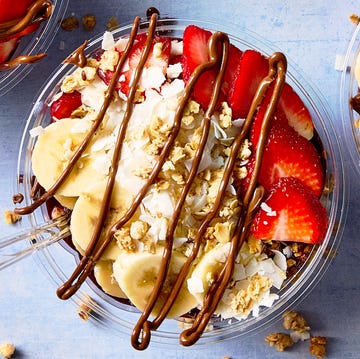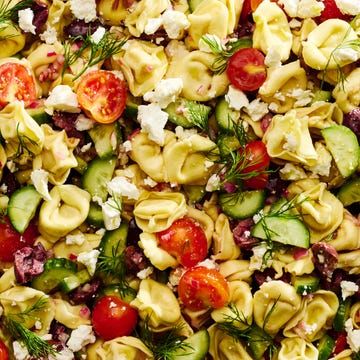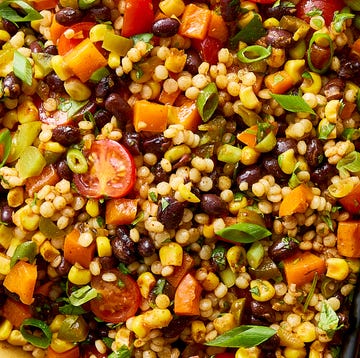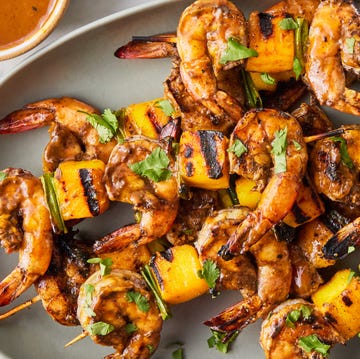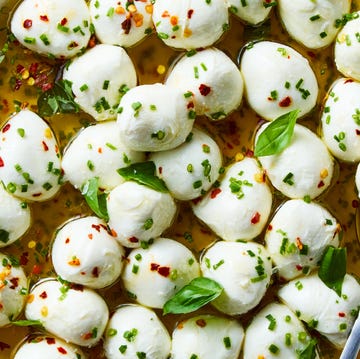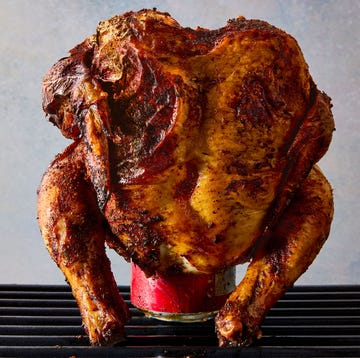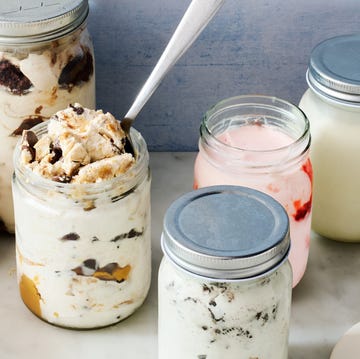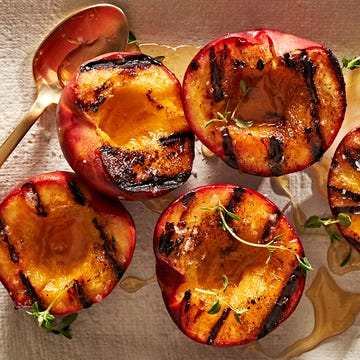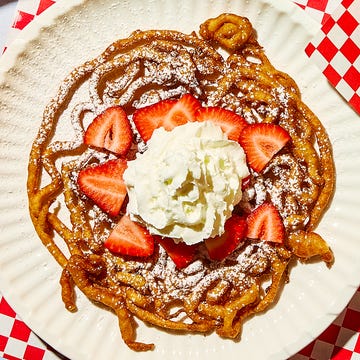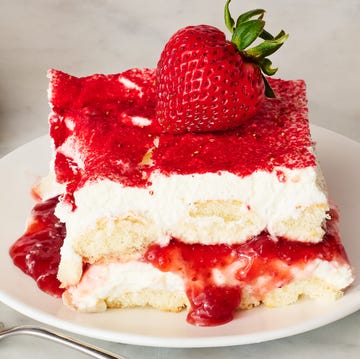Frying 101: When and How to Pan-Fry and Deep-Fry
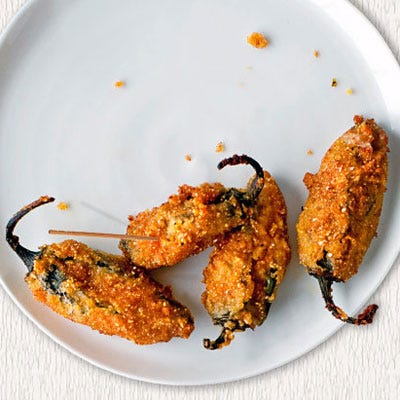
Deep-Frying

French fries, Grandma's fried chicken, spicy jalapeño poppers, and sweet, fluffy doughnuts — just hearing the names of these foods can make you salivate. They conjure up tantalizing smells, holidays, and happy memories with friends, and there are some special occasions that just wouldn't be the same without them. Many of these favorite treats are deep fried, and making them at home can sometimes feel like an ordeal. There are a number of things to keep in mind to help you successfully deep fry, but keep this one at the front of your mind: make sure your oil is at the temperature you need before you drop foods in it. If the oil isn't hot enough, food will absorb too much of it before they're cooked through, becoming soggy and greasy in the process.
Recipe: Jalapeño Poppers
Swimming Technique
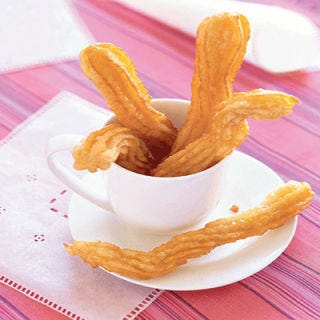
Swimming is an easy and much-used deep-frying technique. It involves dropping foods into a hot fryer or pot of oil with a pair of tongs, spider, or other tool. When first dropped, foods fall down toward the bottom of the pot, then swim to the top as they cook. It works especially well for battered or tempura-battered items. If items quickly float to the surface, turn them halfway through the cooking time to make sure that all sides cook evenly. When using this method, it's also important to beware of splatter and keep your face away from the pot or deep-fryer — burning hot oil is dangerous and can cause serious injury.
Basket Technique

This method is less messy than the swimming method, but does require some special equipment. Foods are placed into a frying basket before being lowered into hot oil, and are contained during their entire cooking time. A double basket method — a second basket is placed on top of the first after foods are placed in it — is sometimes used to keep items entirely submerged in oil during cooking. This technique works espeically well for breaded items or fresh-cut veggies you wish to fry, like when making french fries.
Pan-Frying
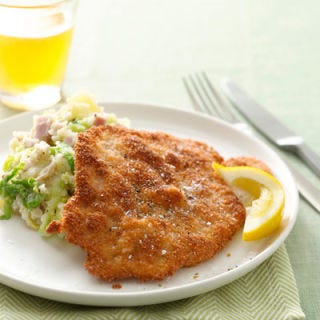
Pan-frying can sometimes be as tricky as deep-frying, but it does require less oil, often making it more manageable for the home cook. There's no special equipment needed, like baskets, and there's less waste. However, just as with deep-frying, it is crucial to check the oil is hot enough before adding foods to the pan — even though less oil is used, foods will still absorb it and become soggy if added to below-temperature oil. To test the oil temperature without a thermometer, drop a few pieces of stale bread, bread crumbs, or a pinch of flour into the pan. If it immediately starts to sizzle (but does not instantly burn), your oil is at the perfect temperature.
Do the Proper Prep
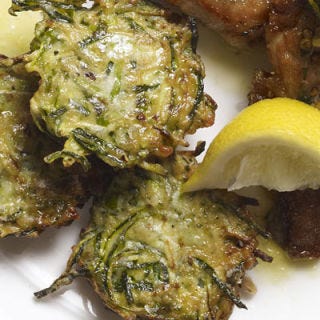
Whatever frying method you choose, the best way to get perfectly crisp, melt-in-your-mouth results is to prep your cooking area before you start. While your pan or pot of oil is heating, set up a cookie sheet nearby (or several, depending on the amount of food you plan to fry). Line the sheet with a double layer of paper towels. As soon as your food is cooked, pop it out of the oil and onto the paper-towel-lined pan — this will ensure that any excess oil is absorbed by the towels, not back into your food, which prevents the food from getting soggy as it cools.
Recipe: Zucchini Fritters
Choose the Right Oil
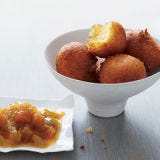
Frying requires high temperatures, so it's crucial to use an oil that won't burn or add a rancid flavor to your foods when subjected to intense heat. Choose canola, peanut, coconut, soybean, safflower, or grapeseed oils, or clarified fats like ghee, for frying — they all have smoke points of 374 degrees F or above, so they will not burn when heated to an ideal frying temperature between 340 degrees F and 375 degrees F.
Tip: Frying (especially deep frying) can often leave you with a lot of wasted oil. After allowing used oil to cool, strain it through a mesh strainer and a piece of cheesecloth and store it in a sealed container in the refrigerator.
Use the Right Tools for the Job
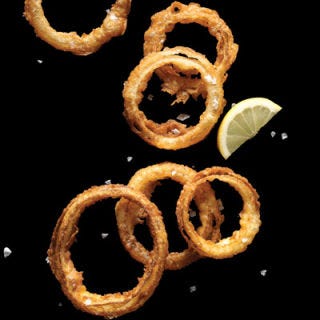
If you've ever tried to fish fiery hot food out of the fryer with a serving spoon because you didn't have the right tools at hand, you know how difficult (and dangerous!) that can be. Without the right tools, it takes more time to pull foods out of hot oil — possibly long enough to burn them or to injure yourself. To stay safe and get foods out quickly, invest in a good pair of metal tongs, a large slotted spoon, or a spider — a utensil with a long handle and basket-like scoop at the bottom, which allows you to easily lift multiple items out at a time without getting too close. Also, take basic safety precautions like wearing tight-fitting long sleeves to cover and protect your forearms and an apron to protect your clothing.
Recipe: Beer-Battered Onion Rings
Don't Crowd the Pan

When pan-frying or deep-frying, giving foods enough space in the pan is a vital trick to know. Though it's tempting to dump all of your food into the pot at once, resist the urge. Dropping anything into hot oil will bring down the temperature, and the oil needs what is called "recovery time," both when food is added and between batches, in order to rise again to proper cooking temperature, which is generally between 340 degrees F and 375 degrees F. The smaller the amount of food you add to the pot, the less the temperature will drop and the less time oil will need to reheat. Also, adding only a few pieces of food at a time ensures that items don't clump or stick together.
Recipe: Mini Arancini
Blanch First, Then Fry
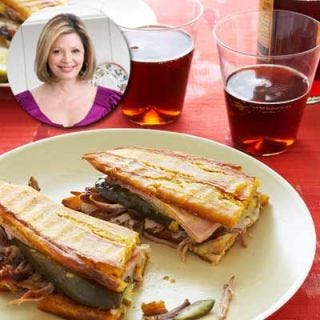
Certain foods are difficult to cook all the way through without burning their exterior. To ensure a delicious, unburnt outer crust but a tender and thorougly cooked interior, blanch extremely firm, tough, or hardy foods in oil first, then turn up the heat and fry them a second time to crisp, golden perfection. Cooking them once at a lower temperature will ensure that they are not raw or undercooked inside, and dropping them in a second time at a higher temperature will guarantee you still get that crunchy texture you crave.
Safety Tip: Keep Water Out
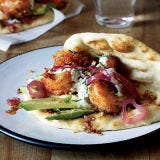
We all learned at a very young age that oil and water don't mix. But this golden rule is especially important to keep in mind when deep-frying or pan-frying. Oil floats on top of water — and when water falls into hot oil, it creates a lot of spatter, often popping and jumping far out of the pan, burning anything in its path, and sometimes smoking as well. To keep yourself, your family, and your kitchen safe from harm, keep other liquids away from the frying pot or pan and surrounding area. And to be extra careful (and ensure a beautifully golden, crispy end product), pat foods dry with a paper towel before adding them to oil.
Dispose of Oil Safely
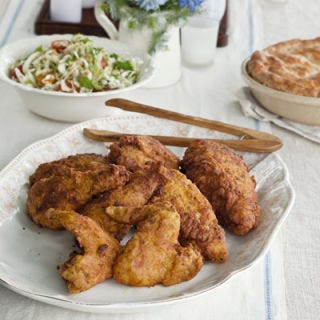
Used cooking oil should never be dumped down the sink. If oil is relatively clean, you can cool it and strain it through a strainer and a piece of cheesecloth, if you have one, to remove any stray bits of breading or burnt pieces of food. Once cooled and strained, store the oil in an airtight container in the refrigerator. If you prefer not to reuse oil, dispose of it properly by cooling it, putting it in a sealed, non-recyclable container and putting it in the trash, not down the drain. In some areas, used cooking oil can be recycled into biodiesel, so check to see if recycling facilities exist in your area.
